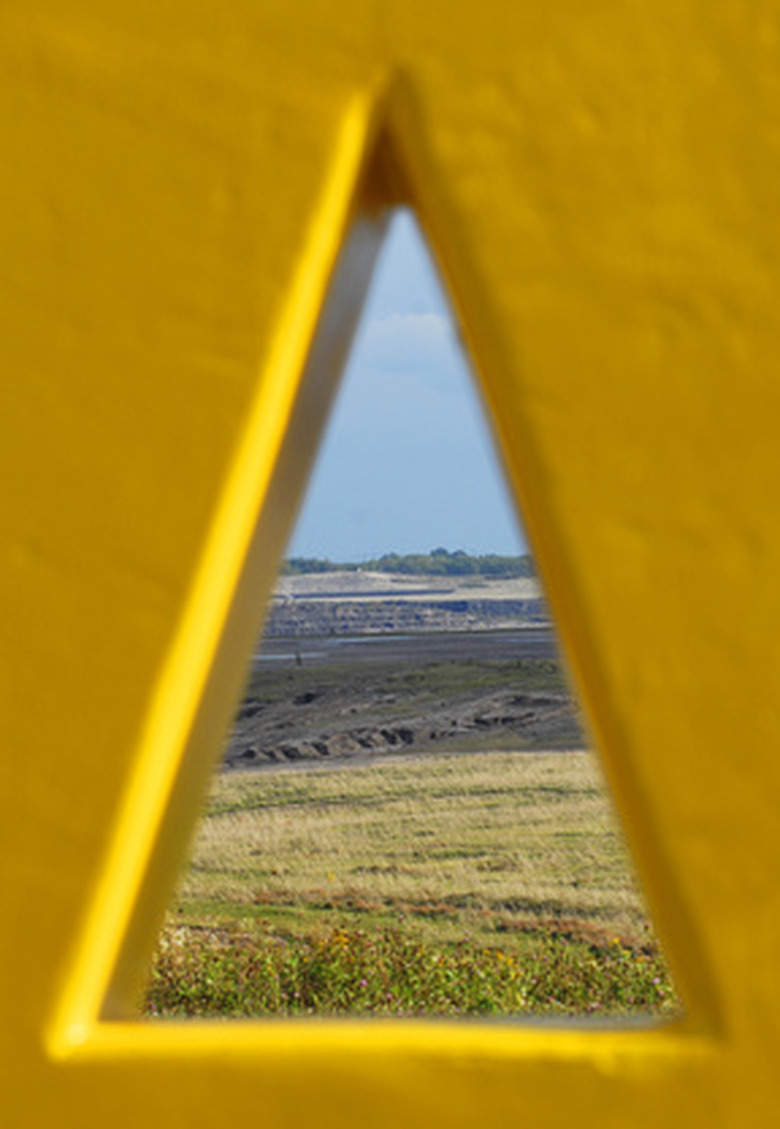How To Bisect An Angle Using Only A Ruler
To "bisect" an angle means to split it in half, or to find its middle point. Using only a ruler and pencil, you can easily bisect the angle formed where the end of two line segments meet. This is a common exercise in geometry classes, except that it usually entails using a compass and straightedge, not a ruler. The two sets of tools use different approaches. The ruler method creates an isosceles triangle, a triangle with two equal sides. It then uses the axiom that "the line which bisects the angle between the equal sides of an isosceles triangle (also) bisects the opposite side," as mentioned in Long's "Plane Geometry."
Step 1
Denote the point where the two line segments intersect point A. Measure a certain distance out from A along one of the two segments using the ruler. Denote this point on the segment point B. Denote the distance you measured out as AB.
Step 2
Measure a distance from A along the other line segment to the opposite side of the angle you're bisecting. Mark point C as that point a distance AB from point A.
Step 3
Connect points B and C with a straight line segment using the ruler.
Step 4
Measure a distance halfway between B and C. Denote the point halfway between as D.
Step 5
Draw a straight line segment from A to D, thus bisecting the angle.
Warning
Lengths AB and AC had to be equal in order to create an isosceles triangle. As mentioned by the National Council of Educational Research and Training, "if the bisector of an angle of a triangle also bisects the opposite side ... the triangle is isosceles." So the midpoint of BC will bisect the angle at A only if the angle that ABC forms is isosceles.
Cite This Article
MLA
johnmcgee, . "How To Bisect An Angle Using Only A Ruler" sciencing.com, https://www.sciencing.com/bisect-angle-using-only-ruler-6390598/. 24 April 2017.
APA
johnmcgee, . (2017, April 24). How To Bisect An Angle Using Only A Ruler. sciencing.com. Retrieved from https://www.sciencing.com/bisect-angle-using-only-ruler-6390598/
Chicago
johnmcgee, . How To Bisect An Angle Using Only A Ruler last modified March 24, 2022. https://www.sciencing.com/bisect-angle-using-only-ruler-6390598/
